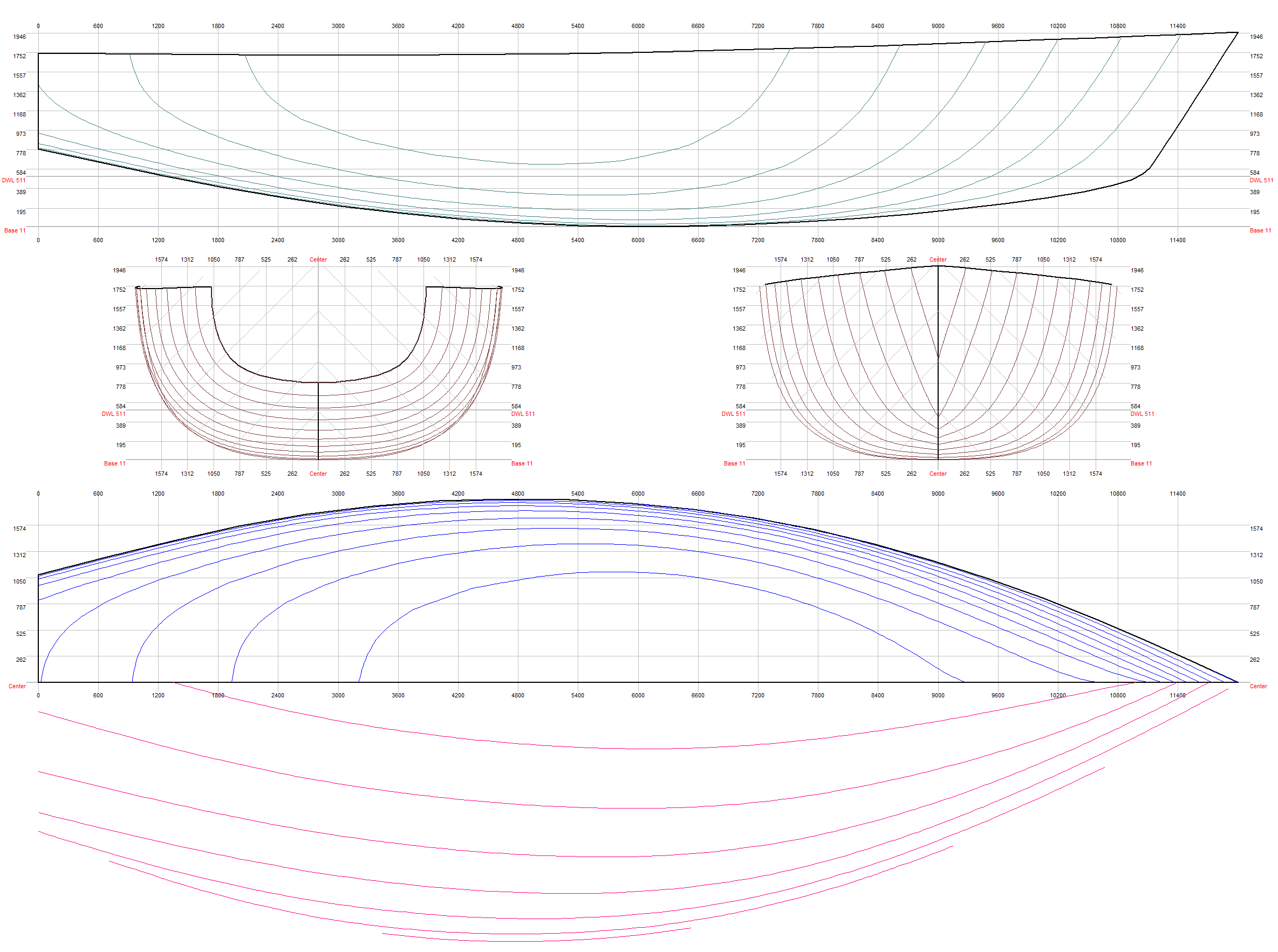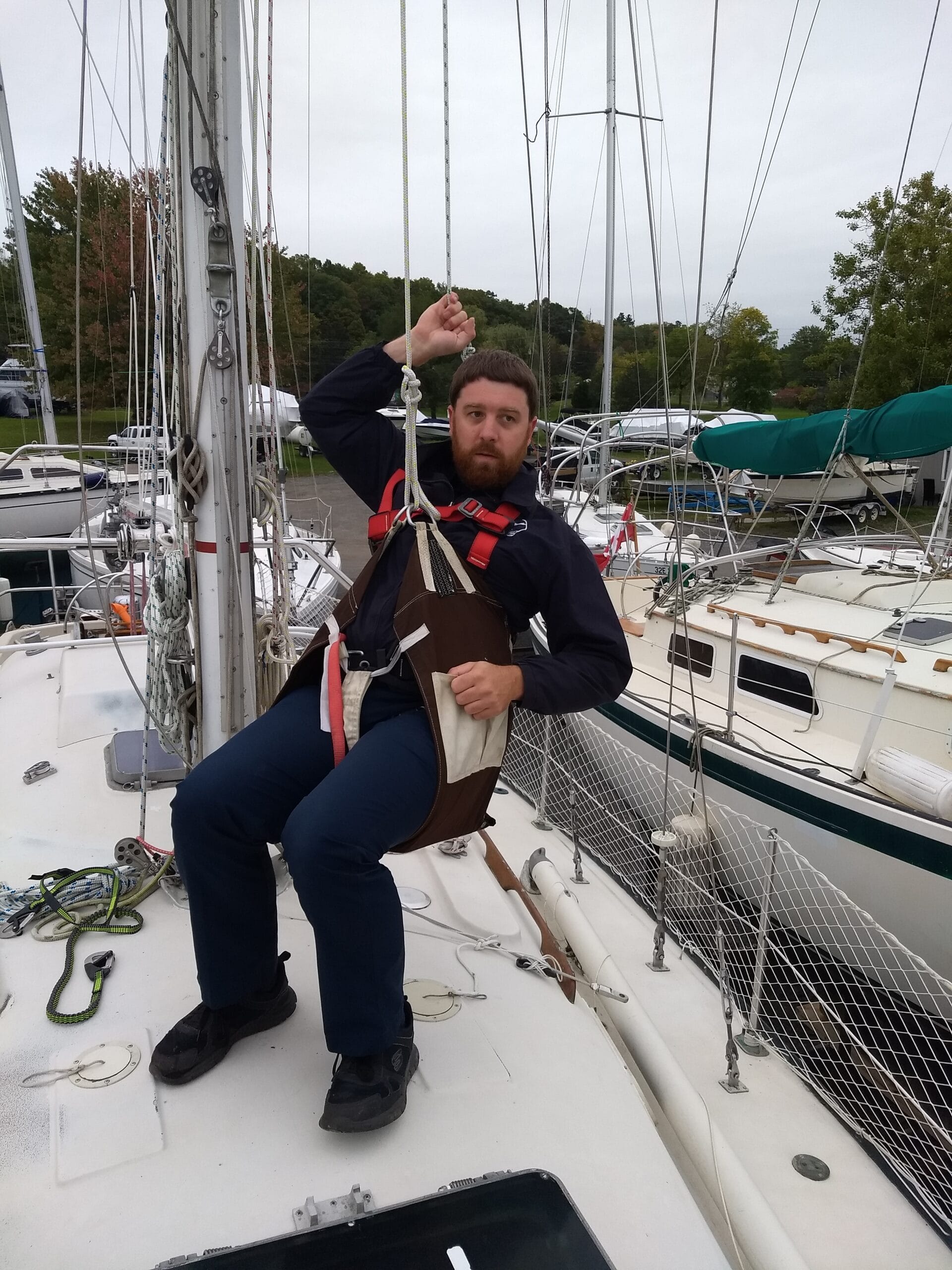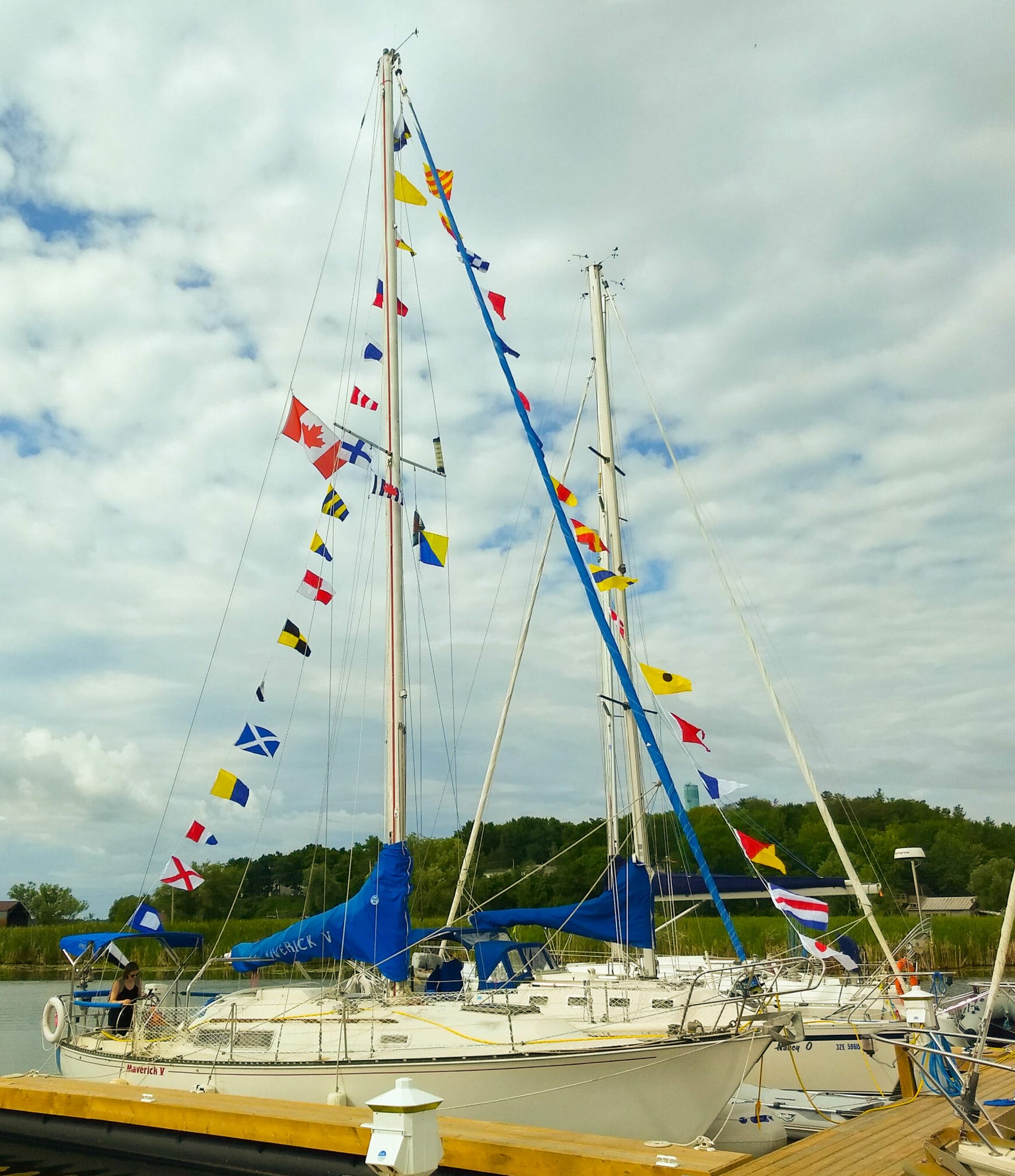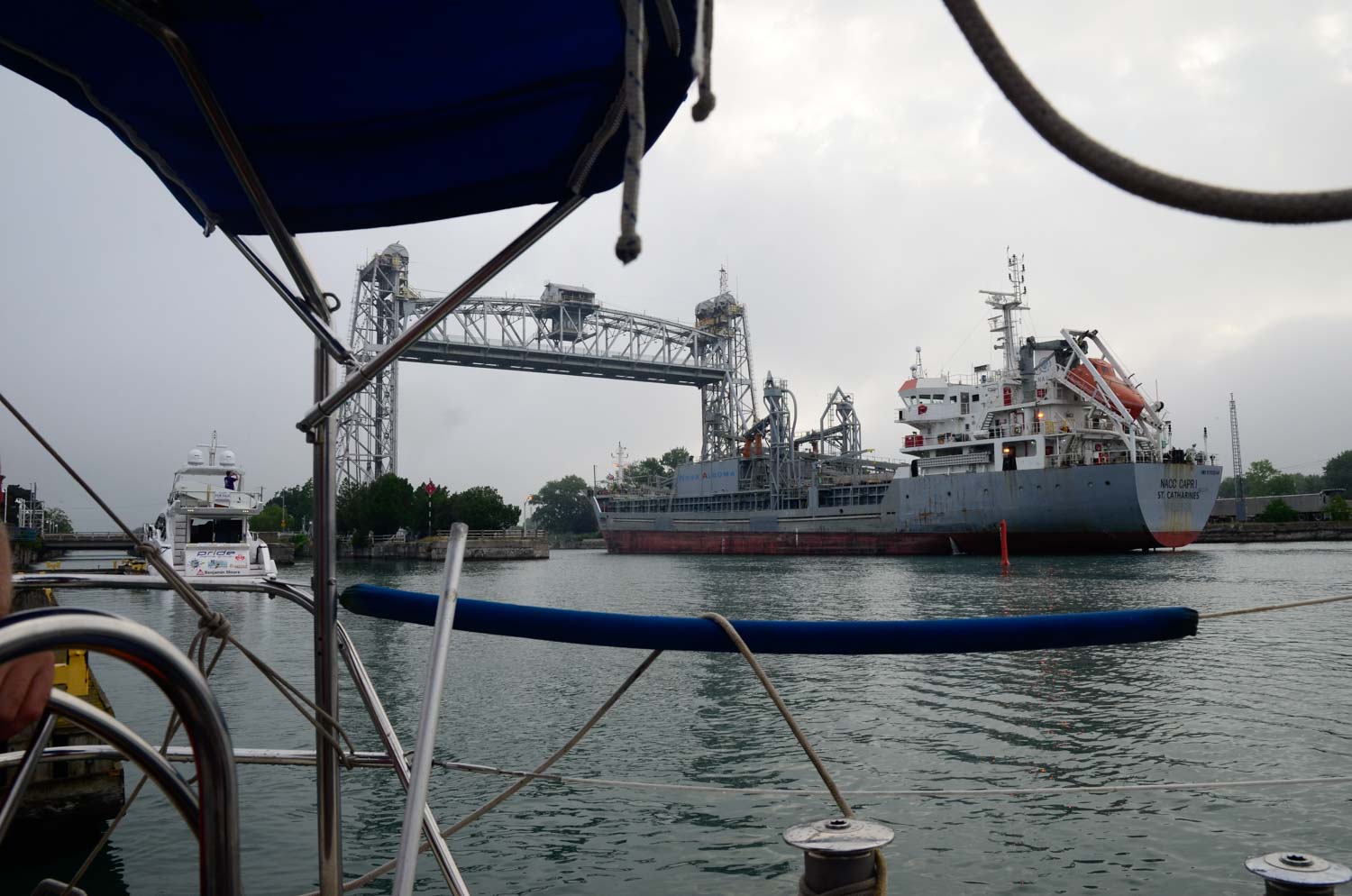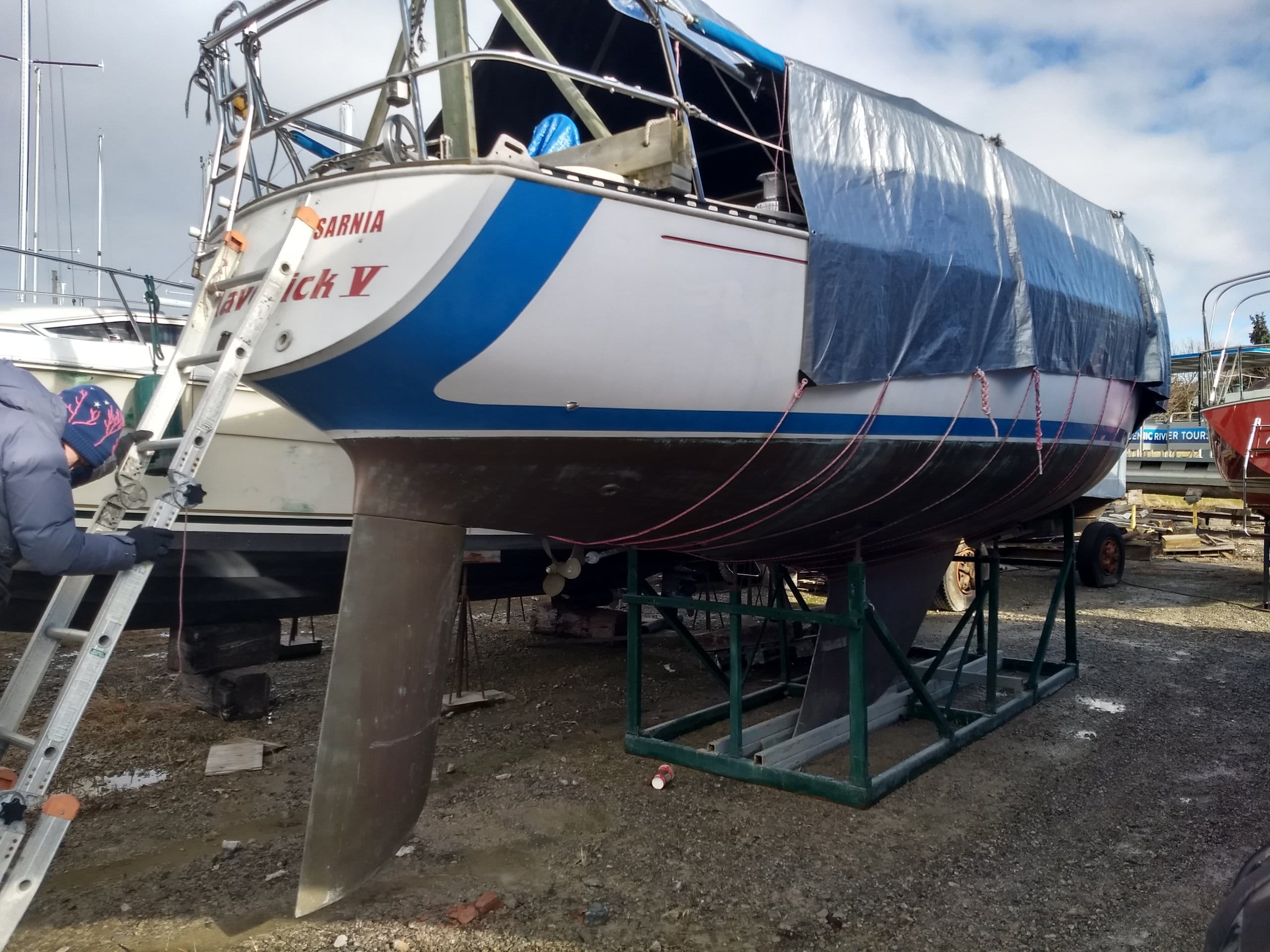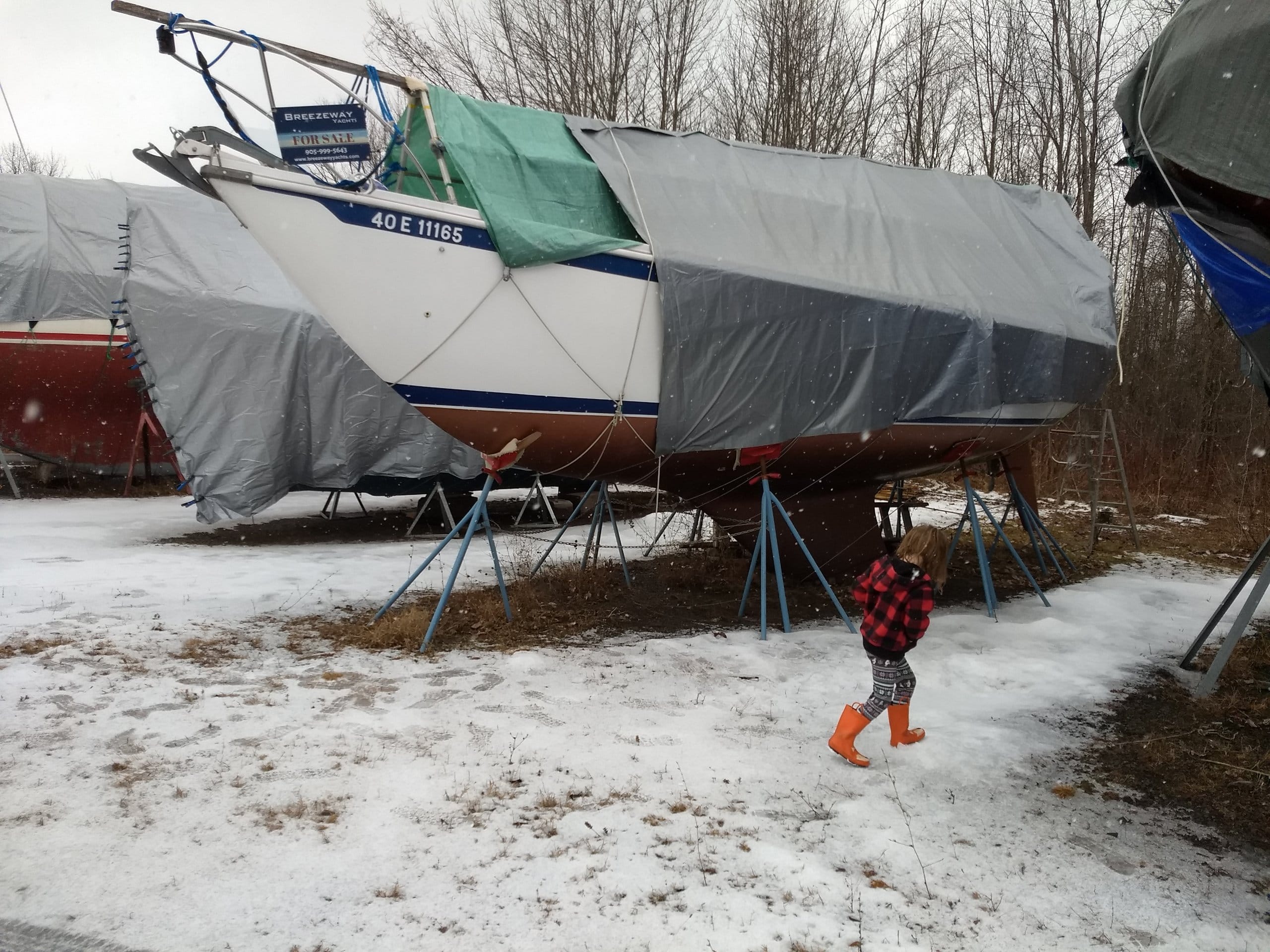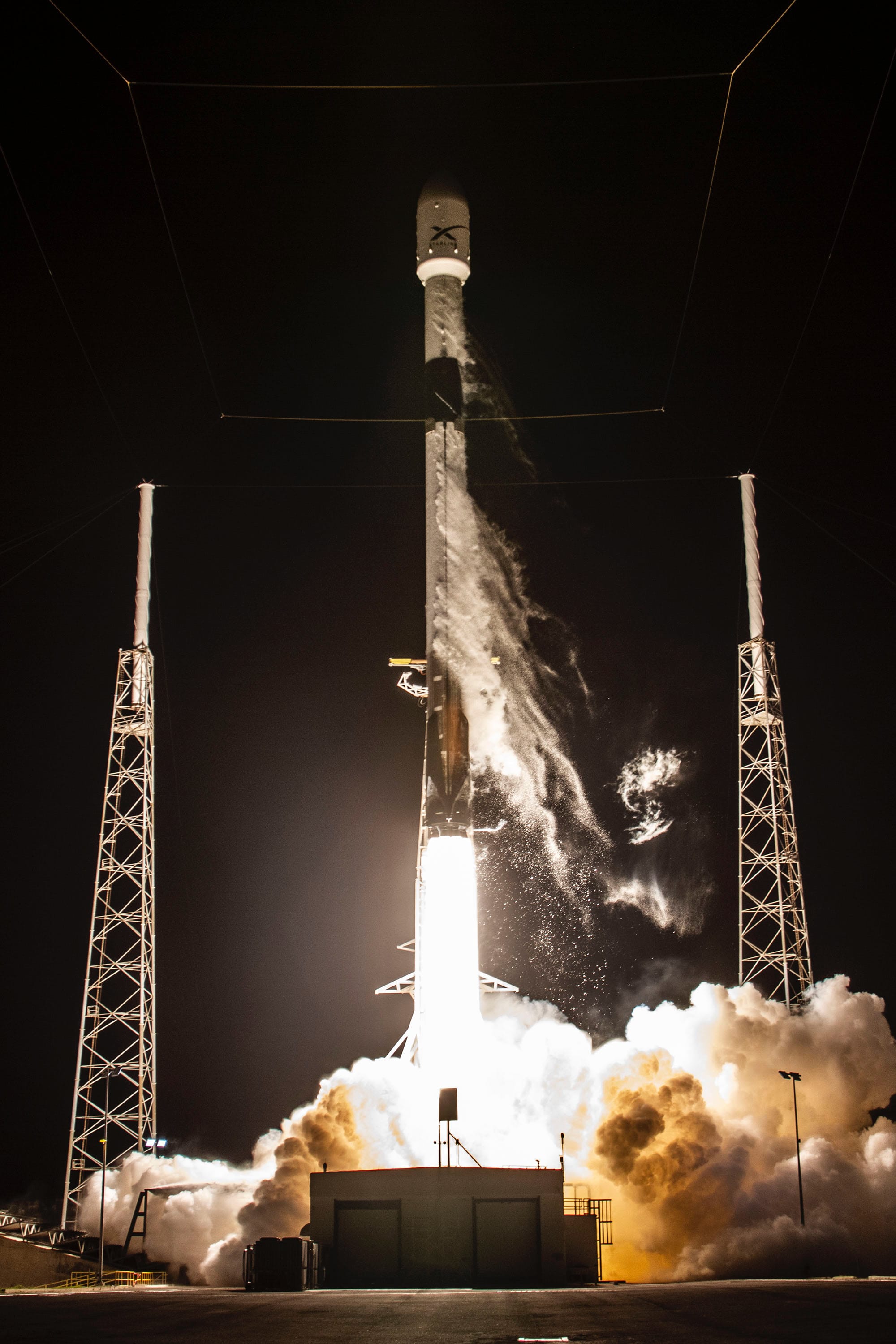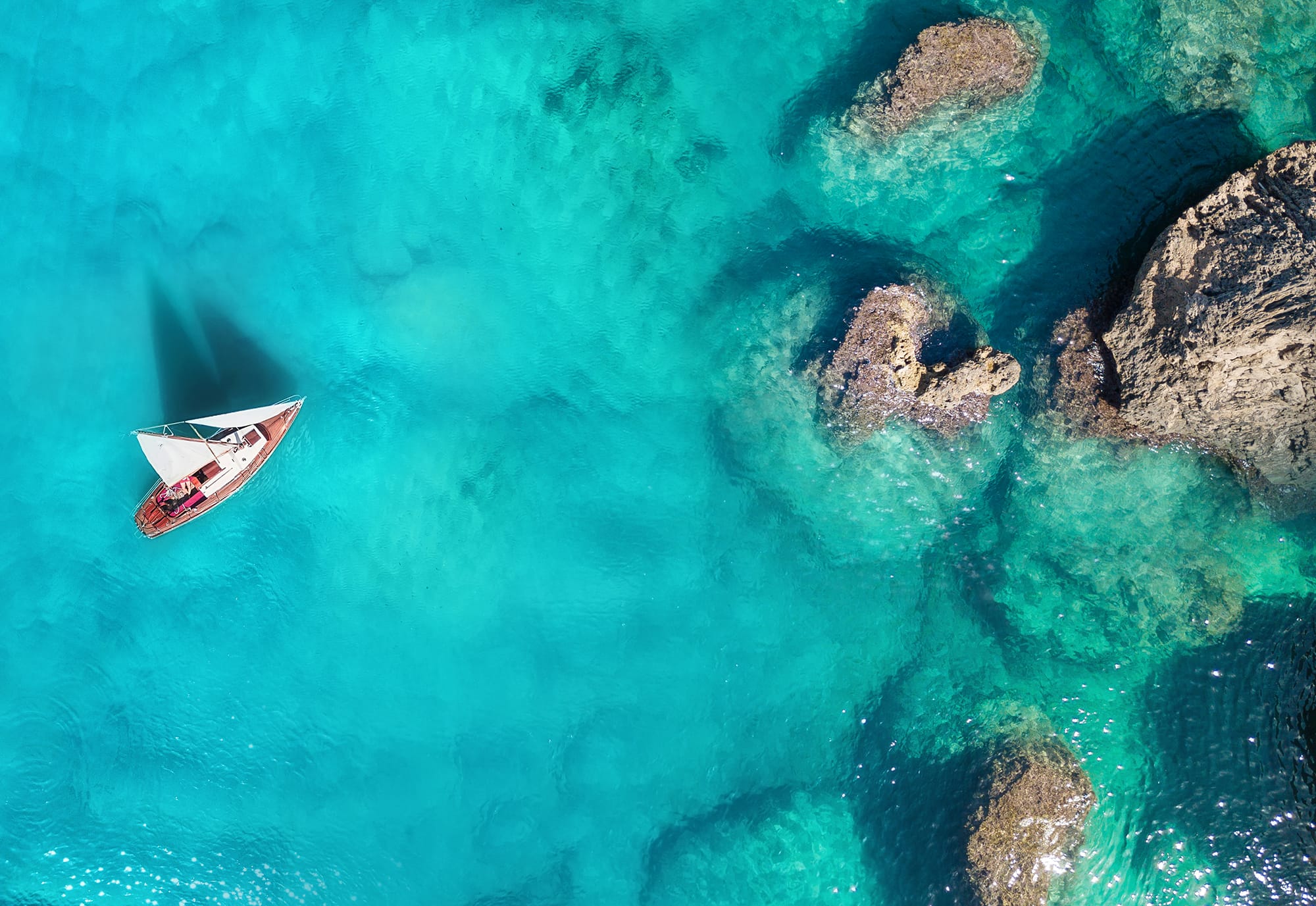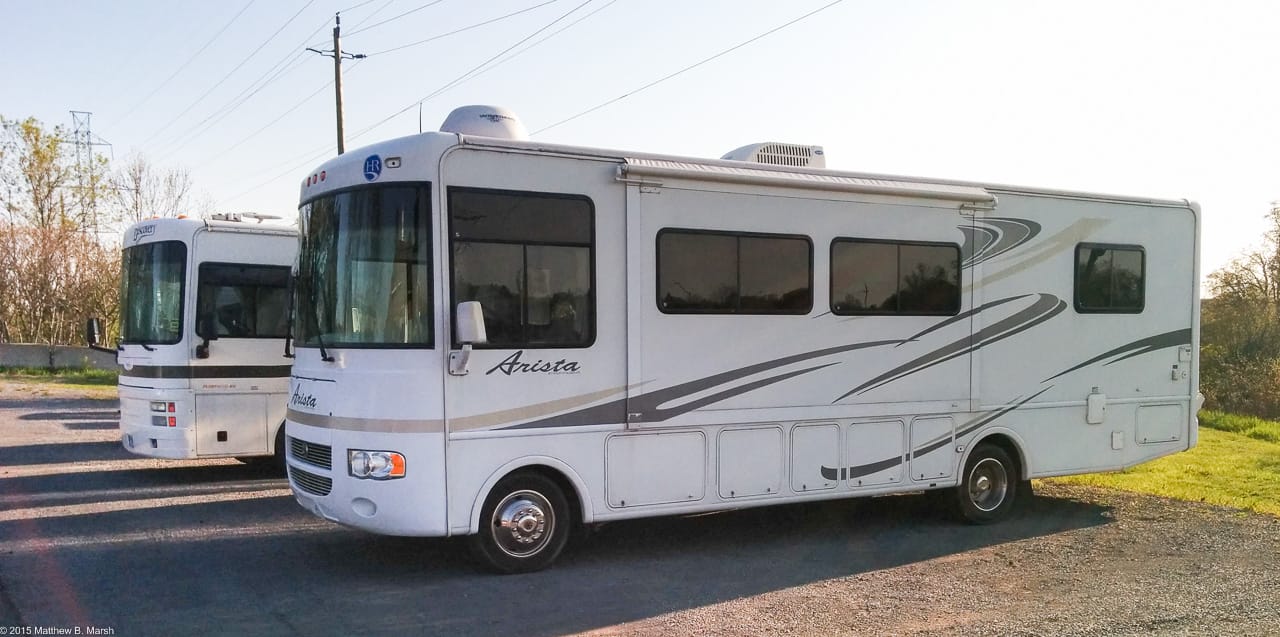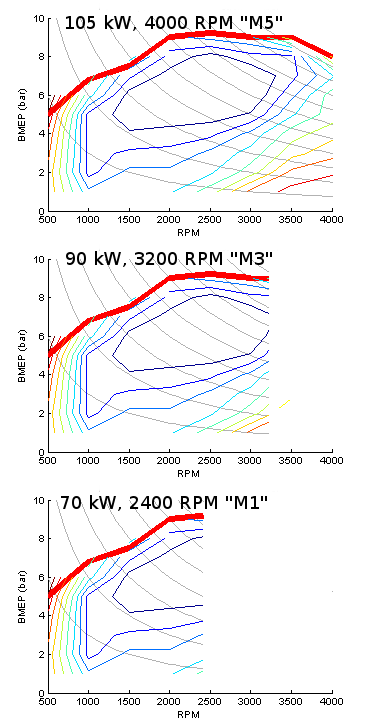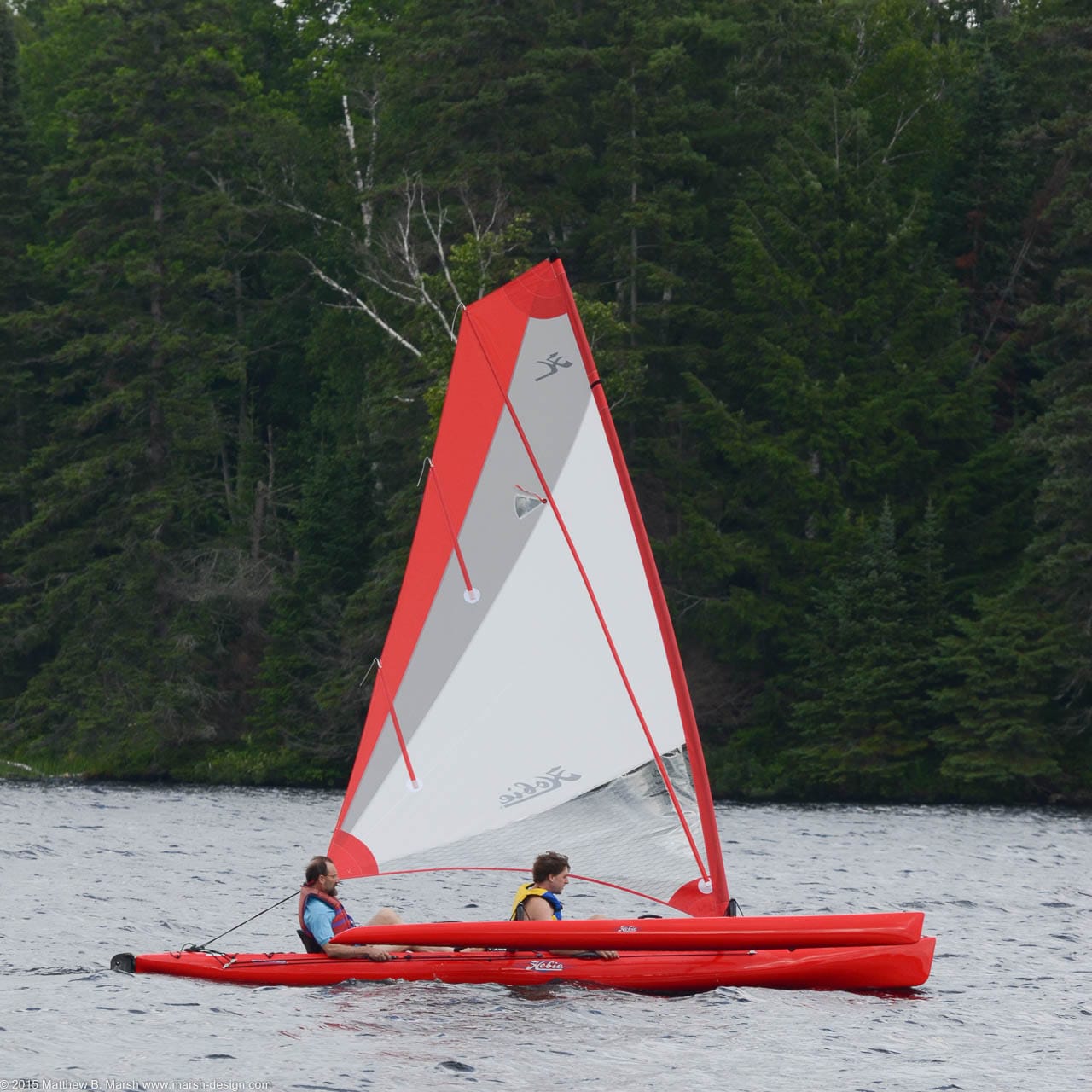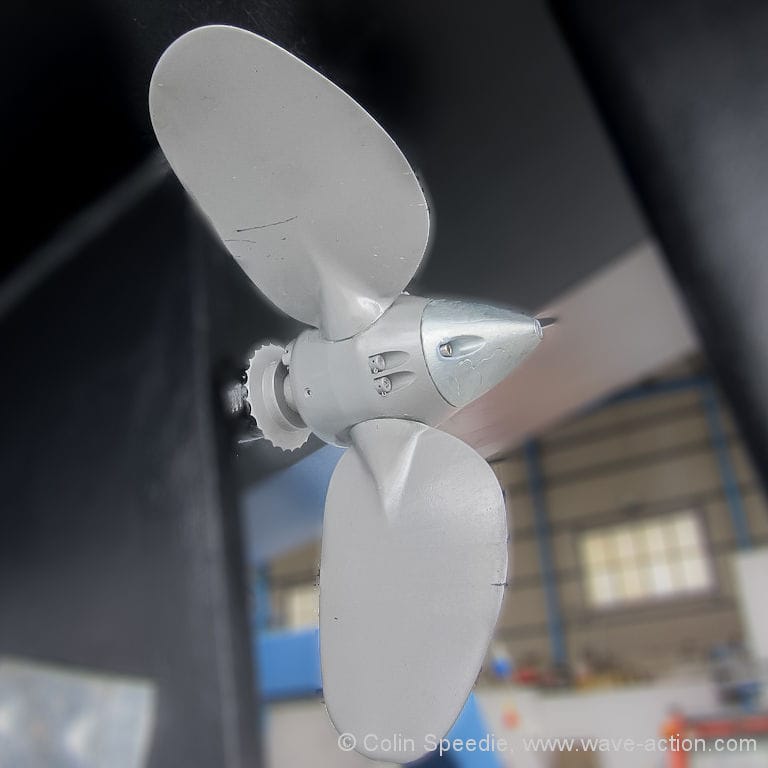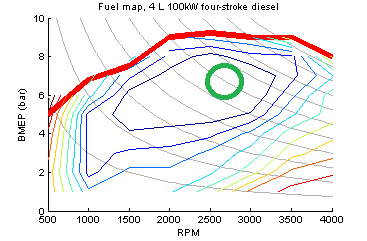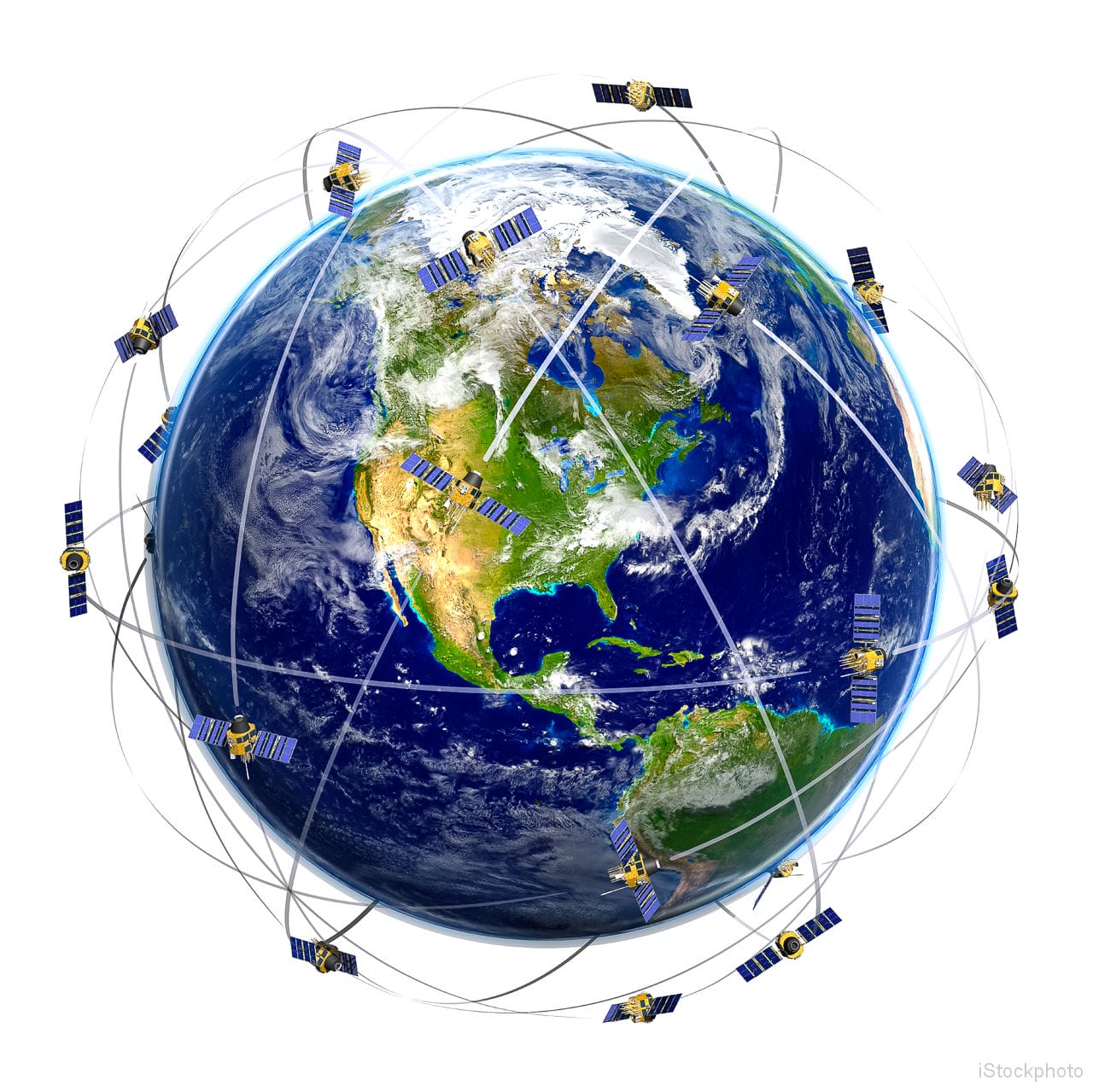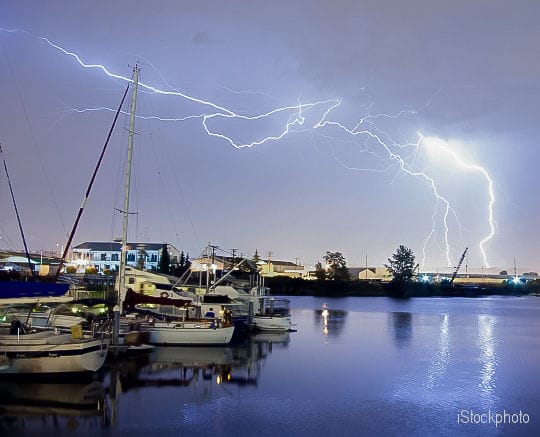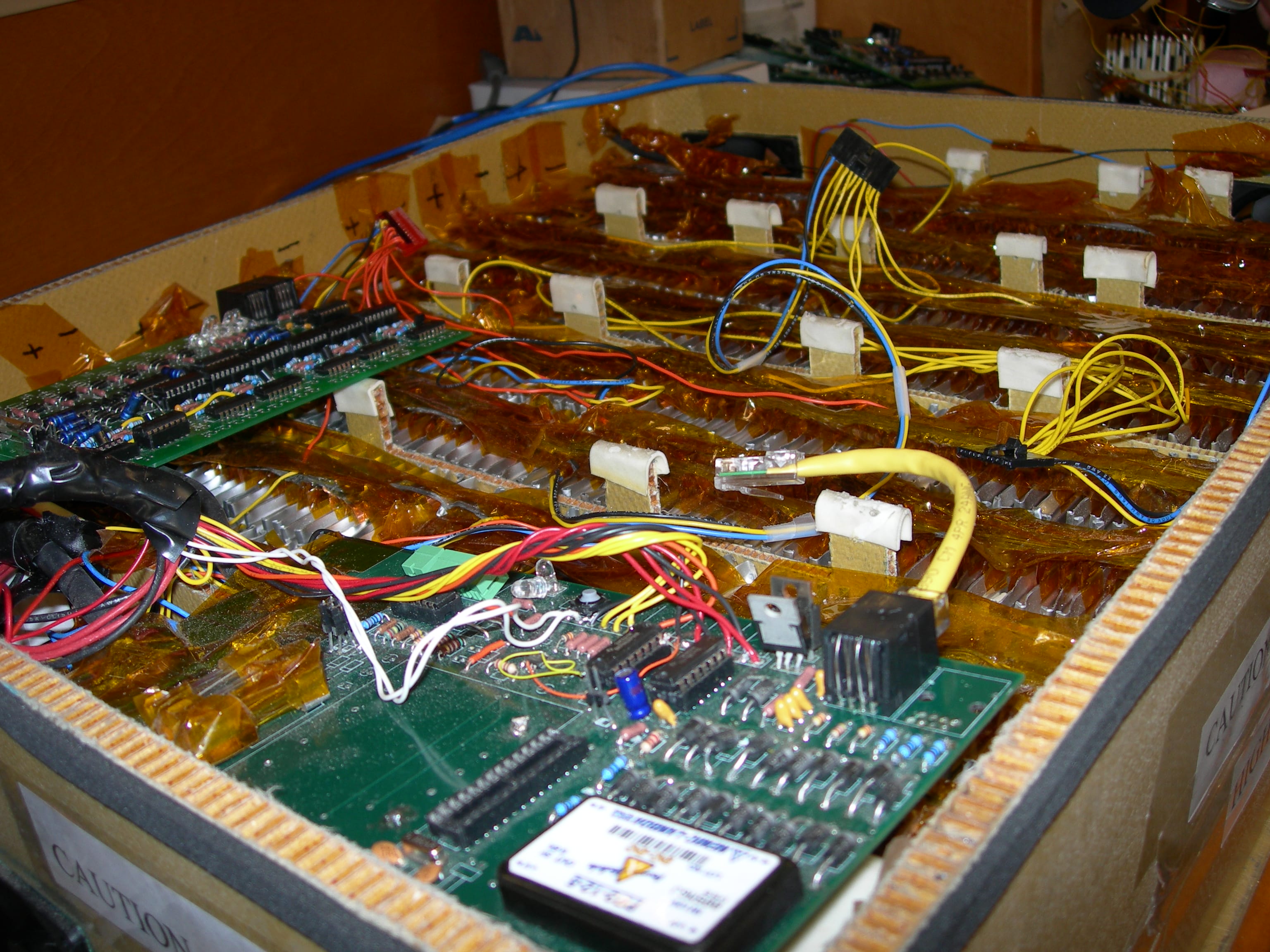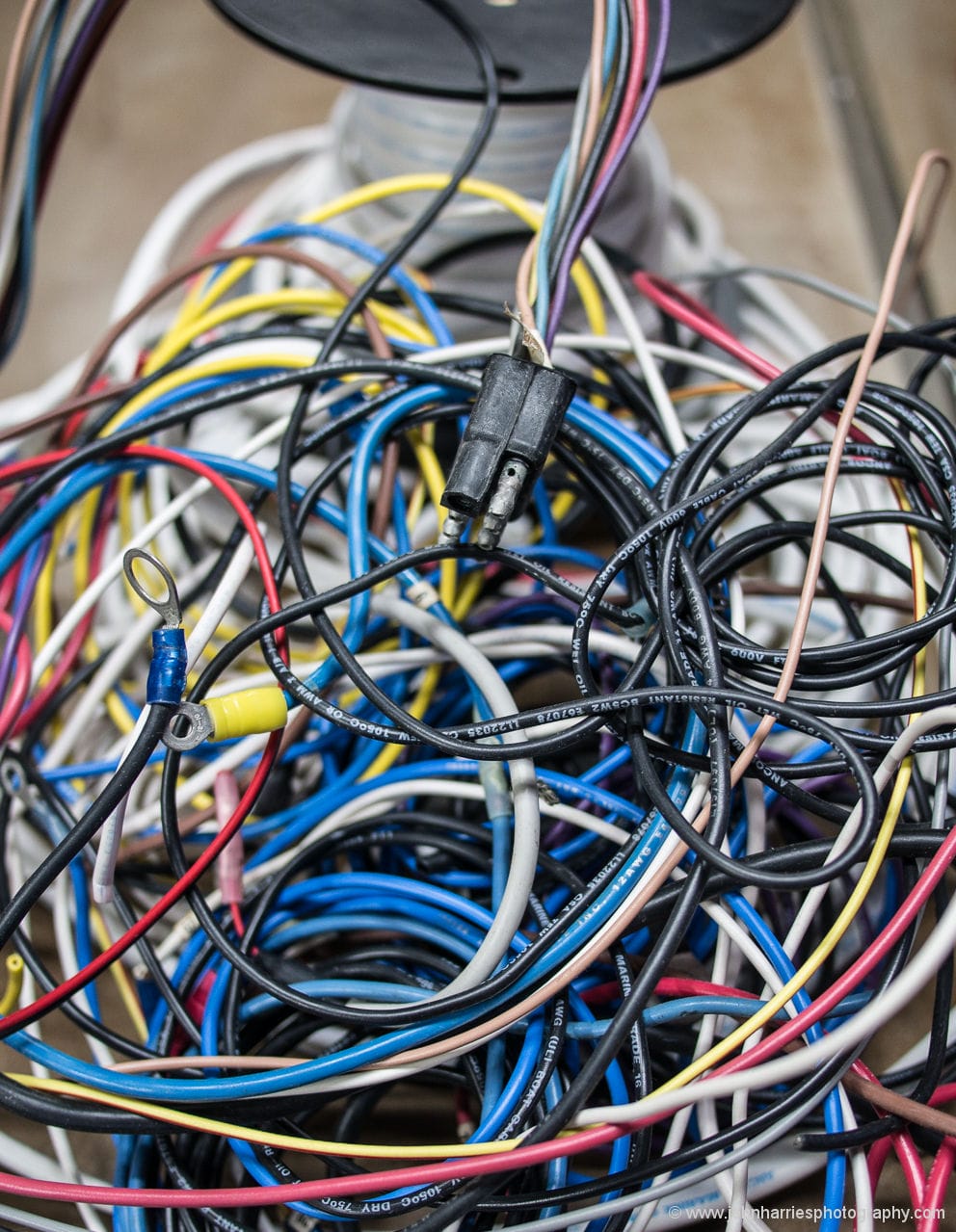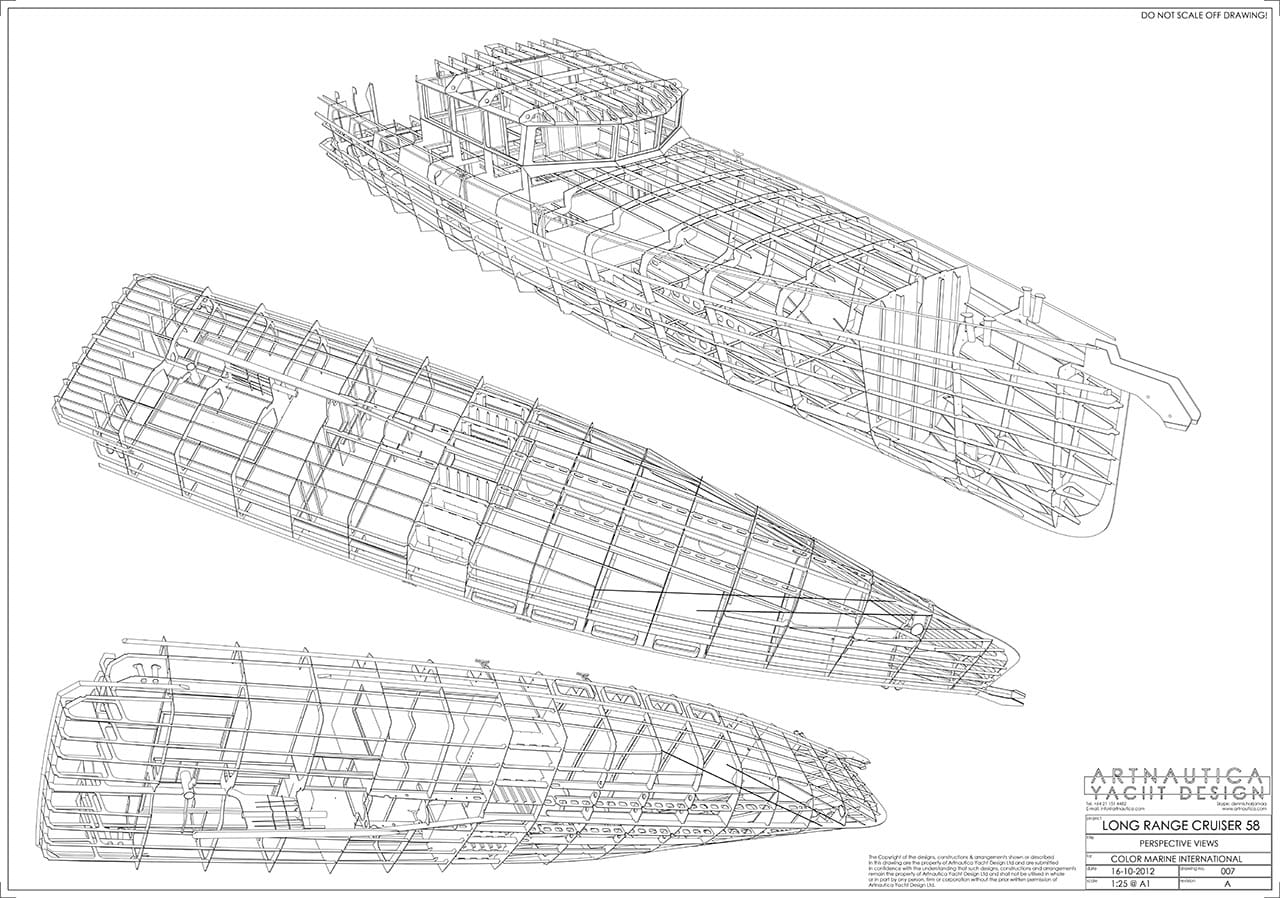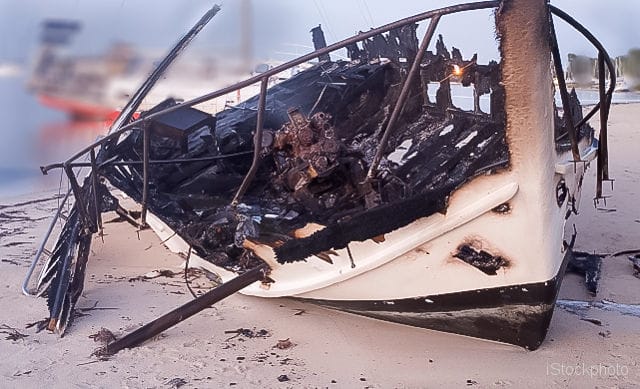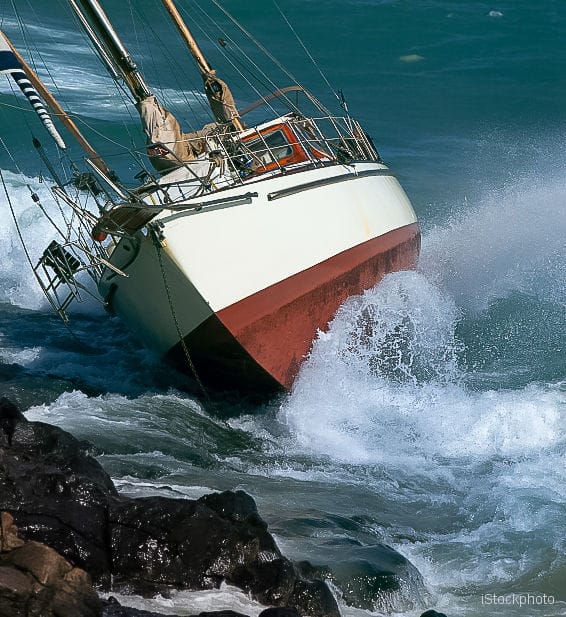-
Close to Home, Yet Far Away
9 CommentsReading Time: 6 minutesMembersRead more: Close to Home, Yet Far AwayMatt reminds us all that it’s not about cool electrical systems, or even cool boats, it’s about having attainable adventures with those we love.
-
Selecting The Right Hull Form
23 CommentsReading Time: 15 minutesMembersRead more: Selecting The Right Hull FormThe most important decision when buying a boat is choosing the right hull. Get that wrong and all else is wasted. Matt shines a light on how to recognize good cruising hull designs and then relates that to real boats.
-
Going Up the Mast—An Industrial Fall Prevention Approach
82 CommentsReading Time: 8 minutesMembersRead more: Going Up the Mast—An Industrial Fall Prevention ApproachMatt brings his professional engineer’s understanding of forces and his construction site fall-arrest training to bear on one of the most potentially dangerous tasks we sailors are called upon to do.
-
US$30,000 Starter Cruiser—How It’s Working Out
29 CommentsReading Time: 8 minutesFreeRead more: US$30,000 Starter Cruiser—How It’s Working OutIt’s possible to own a family cruising sailboat for a total cost of ownership over 5 years of just US$30,000. Already at the two year mark, Matt and his family share how they did it.
-
A Day on a Great Canal
12 CommentsReading Time: 8 minutesFreeRead more: A Day on a Great CanalTransiting the Welland Canal in a sailboat makes for a long day, and half the night, of line handling and ship avoiding.
-
US$30,000 Starter Cruiser—Part 2, The Boat We Bought
57 CommentsReading Time: 8 minutesMembersRead more: US$30,000 Starter Cruiser—Part 2, The Boat We BoughtIn Part 1 Matt shared how he arrived at an all-in budget of US$30,000 for a starter cruiser. Now he shares his search process and reveals the boat they bought.
-
US$30,000 Starter Cruiser—Part 1, How We Shopped For Our First Cruising Sailboat
56 CommentsReading Time: 9 minutesMembersRead more: US$30,000 Starter Cruiser—Part 1, How We Shopped For Our First Cruising SailboatColin looked at the practicality of getting a real offshore boat for US$100,000. Now Matt goes hunting for a starter cruiser at US$30,000, all in and ready to go (US15,000 buy price). Is this possible? He thinks so and is willing to throw his own money into the project to prove it.
-
New Satellite Communications Systems
45 CommentsReading Time: 7 minutesMembersRead more: New Satellite Communications SystemsFor nearly 20 years billionaires have been promising that worldwide, fast, always on, and reasonably priced internet, that we could use anywhere on our boats, was just around the corner, but now Matt makes a convincing case that we really will see this soon, and why things are different and better this time. Most important of all, he explains what we need to do to get ready.
-
The Five Great Lakes
34 CommentsReading Time: 6 minutesFreeRead more: The Five Great LakesTucked into the heart of North America, five hundred miles from the sea, lies one of the world’s great adventure cruising grounds. A quarter-million square kilometres of water, and seventeen thousand kilometres of coastline, call out to sailors seeking a season or two off the beaten path.
-
The Boat to RV Transition
35 CommentsReading Time: 6 minutesFreeRead more: The Boat to RV TransitionMany waterborne cruisers have thought about trying the land-based version. Matt, who has done a bunch of the later, explores the challenges and rewards.
-
What Marine Engine Duty Ratings Mean To You
8 CommentsReading Time: 6 minutesMembersRead more: What Marine Engine Duty Ratings Mean To YouJust what is a commercial or continuous duty rating on an engine, and should you get that? Matt starts this chapter with the reason that these ratings exist, and then moves on to how to select the correct engine duty rating for a displacement boat.
-
The Weirdest—And Best—Small Boat of 2016
11 CommentsReading Time: 5 minutesFreeRead more: The Weirdest—And Best—Small Boat of 2016Sick of fighting with an outboard? Want to keep fit while cruising? Like to get on the water in a small fun boat? Matt has the answer.
-
Controllable Pitch Propellers (CPPs)
37 CommentsReading Time: 7 minutesMembersRead more: Controllable Pitch Propellers (CPPs)So far in this Online Book we have learned about the fundamentals of engine and propeller efficiency and, in the last chapter, we looked at a way to make our existing engines a bit more efficient. In this chapter Matt explains a much better way to get the very most out of every drop of diesel fuel.
-
Propeller Efficiency
48 CommentsReading Time: 9 minutesMembersRead more: Propeller EfficiencyMatt brings his customary clarity to a complicated subject: propellers. Reading this post will cause you a bit of brain sweat, but doing so can help you get big gains in engine efficiency.
-
Understanding An Engine Fuel Map
44 CommentsReading Time: 7 minutesMembersRead more: Understanding An Engine Fuel MapMatt explains those graphs that adorn engine brochures and manuals. Understanding these diagrams is the key to better fuel economy and less problems with your diesel engine.
-
Better Powertrains For Auxiliary Sailboats and Motorboats
7 CommentsReading Time: 3 minutesMembersRead more: Better Powertrains For Auxiliary Sailboats and MotorboatsMost yacht engines are horribly inefficient, but that can be fixed. Matt, AAC Engineering Correspondent, introduces the book with this chapter.
-
Protecting Against Lightning Strikes
81 CommentsReading Time: 8 minutesMembersRead more: Protecting Against Lightning StrikesLightning strike! Just the words can make us cruising sailors, who sail around the ocean with the highest thing in hundreds of square miles sticking up above our heads, nervous. In this chapter Matt, AAC Engineering Correspondent, will help you understand how lightning strikes happen and what you can do to reduce the associated risks.
-
Lithium Ion Batteries Explained
58 CommentsReading Time: 7 minutesMembersRead more: Lithium Ion Batteries ExplainedMatt examines lithium ion batteries in detail and answers the question, Should I use lithium ion batteries for the house bank on my boat?
-
Distributed Power For Cruising Yachts: Is The Vendor Commitment There?
46 CommentsReading Time: 6 minutesFreeRead more: Distributed Power For Cruising Yachts: Is The Vendor Commitment There?Matt, AAC Technical correspondent, takes a look at an intriguing new technology that holds a lot of promise for cruising boats. But before we all rush to wire our boats this way, there are some questions that the vendors need to answer.
-
Artnautica 58—Design Analysis
73 CommentsReading Time: 6 minutesMembersRead more: Artnautica 58—Design AnalysisWe continue our series on desirable offshore motorboats, for those retiring from sailboats, with a design analysis by AAC Technical Correspondent, Matt Marsh, of the Artnautica LRC58 currently in-build in New Zealand. Even if you are not interested in this particular boat, you will want to read Matt’s insightful analysis of hull form and cost considerations.
-
Fire Control
33 CommentsReading Time: 6 minutesFreeRead more: Fire ControlMatt, AAC Technical Correspondent takes a look at the challenges of dealing with a fire at sea. In all likelihood, his post will get you thinking, as it did me, about how inadequate the fire fighting resources on your boat are and what to do about it.
-
Impact Resistance—Two Collision Scenarios
23 CommentsReading Time: 5 minutesMembersRead more: Impact Resistance—Two Collision ScenariosThe sad fact is that many, perhaps most, production sailboats are not built to take the loads imposed by even a moderate collision or grounding. In this chapter Matt, AAC’s Technical Correspondent, explains the engineering and shares what to look for before buying a voyaging boat.
-
Impact Resistance—How Hull Materials Respond to Impacts
30 CommentsReading Time: 6 minutesMembersRead more: Impact Resistance—How Hull Materials Respond to ImpactsMatt carries on from the last chapter and examines how the various materials voyaging boat hulls are built out of will survive a collision with a hard object.


